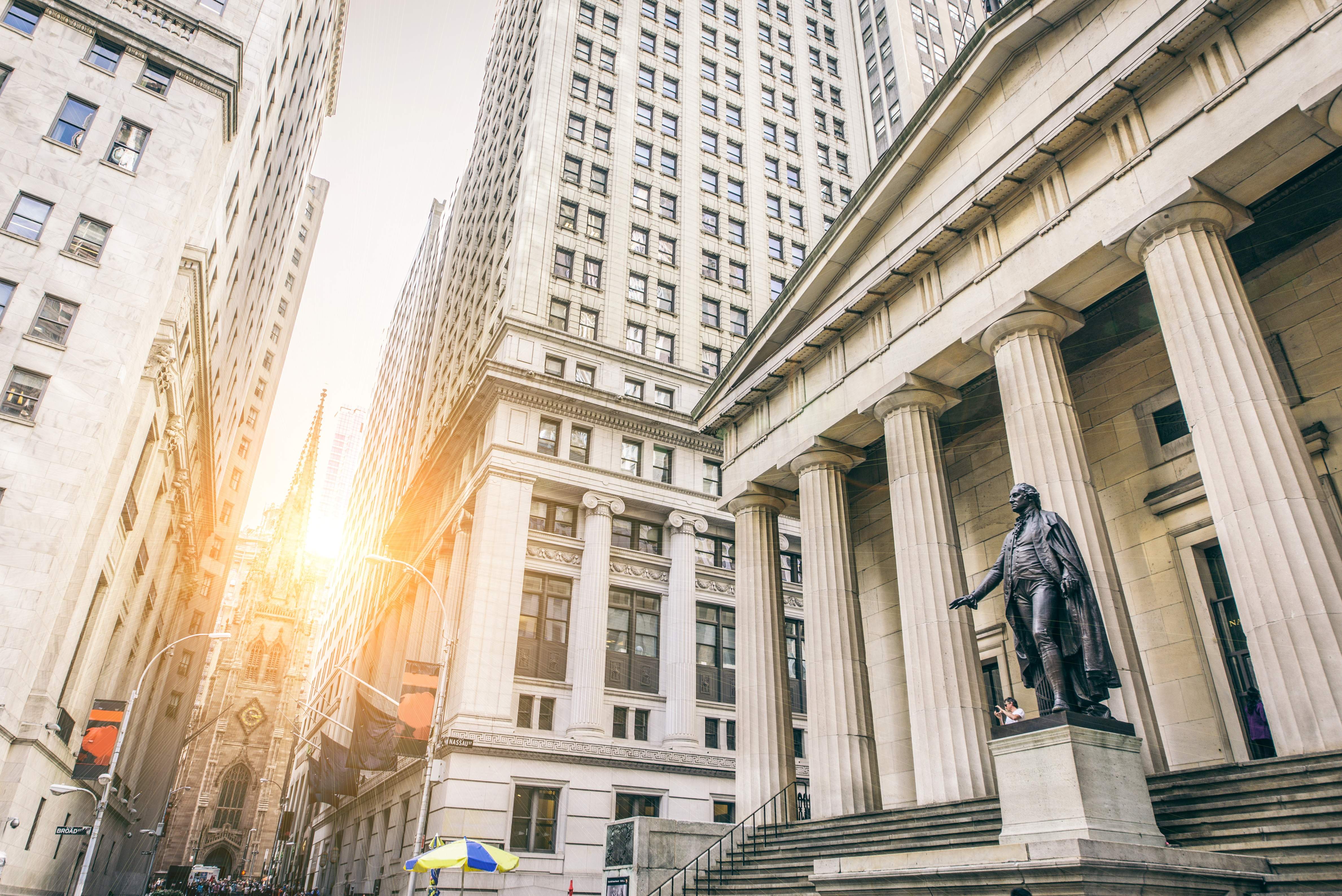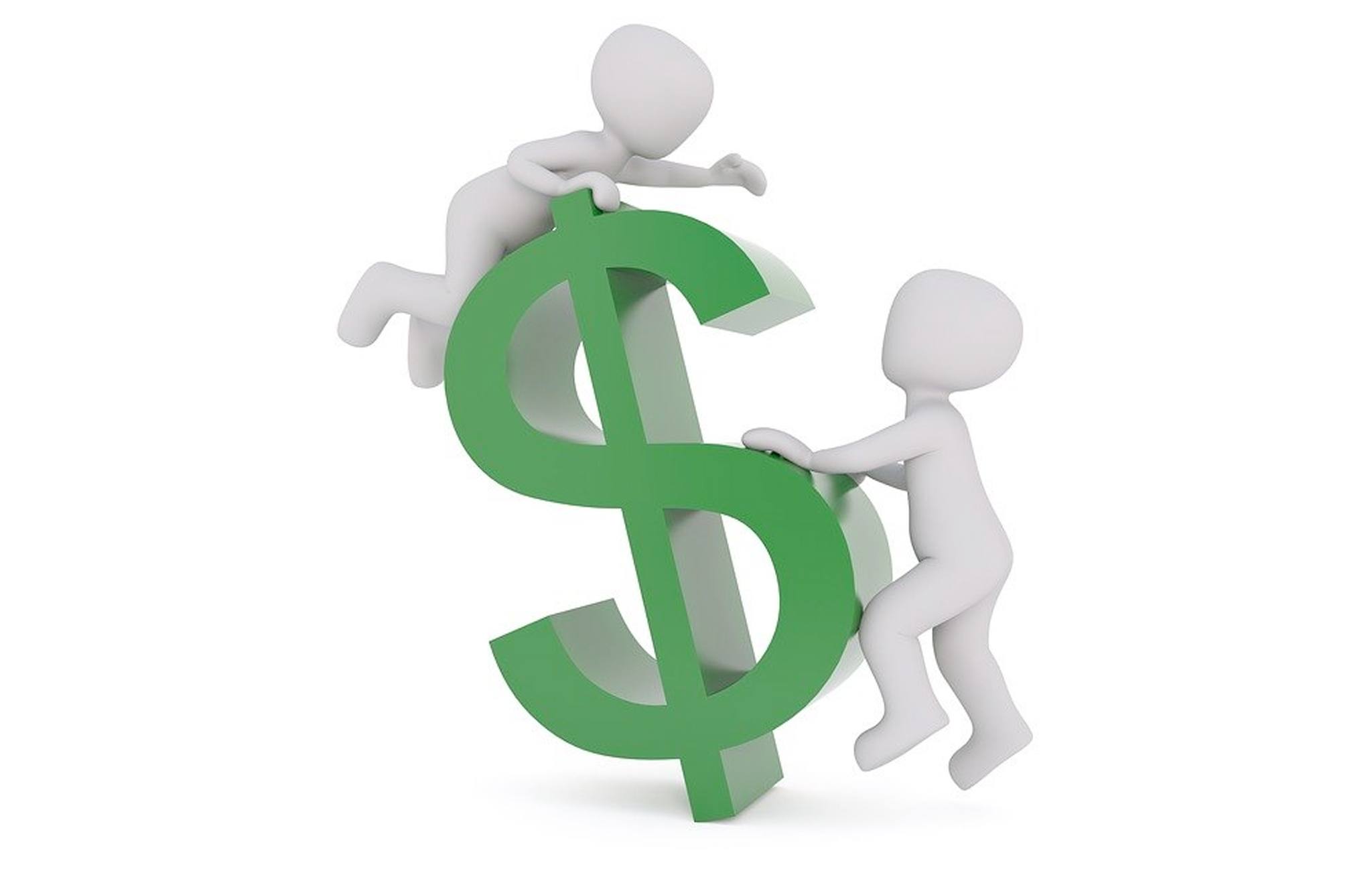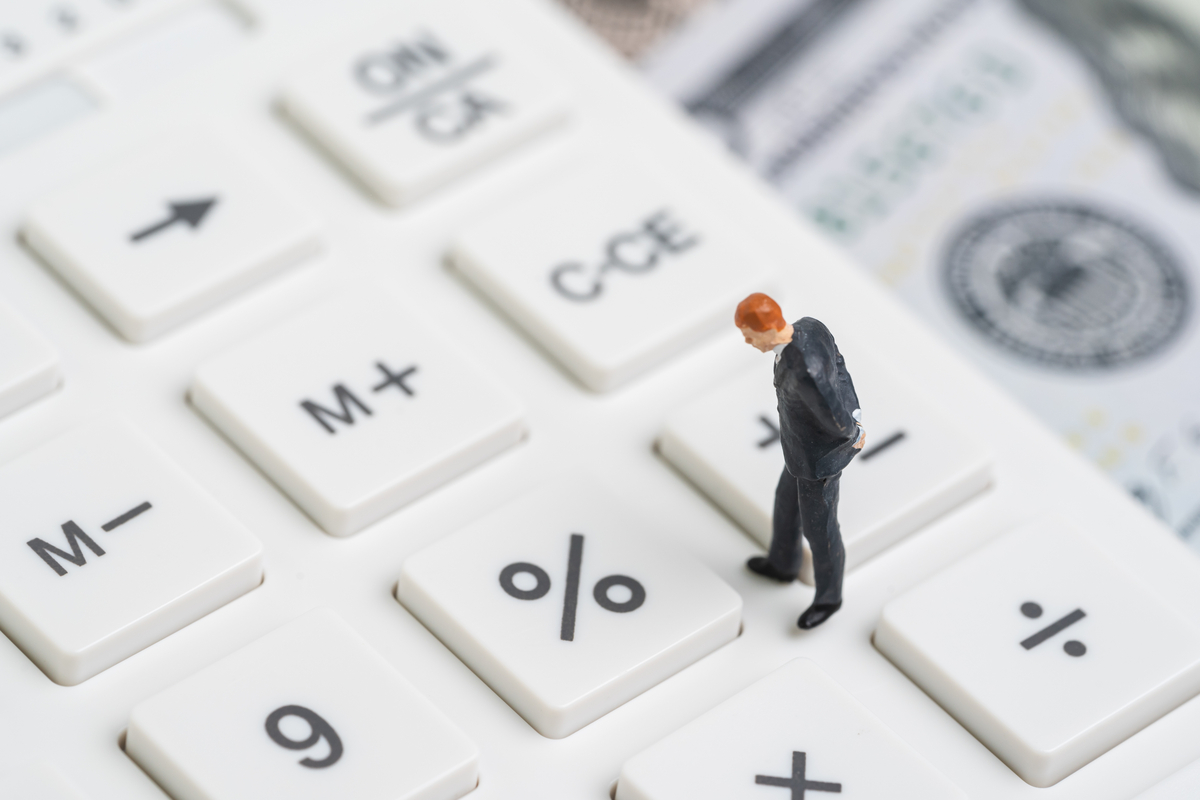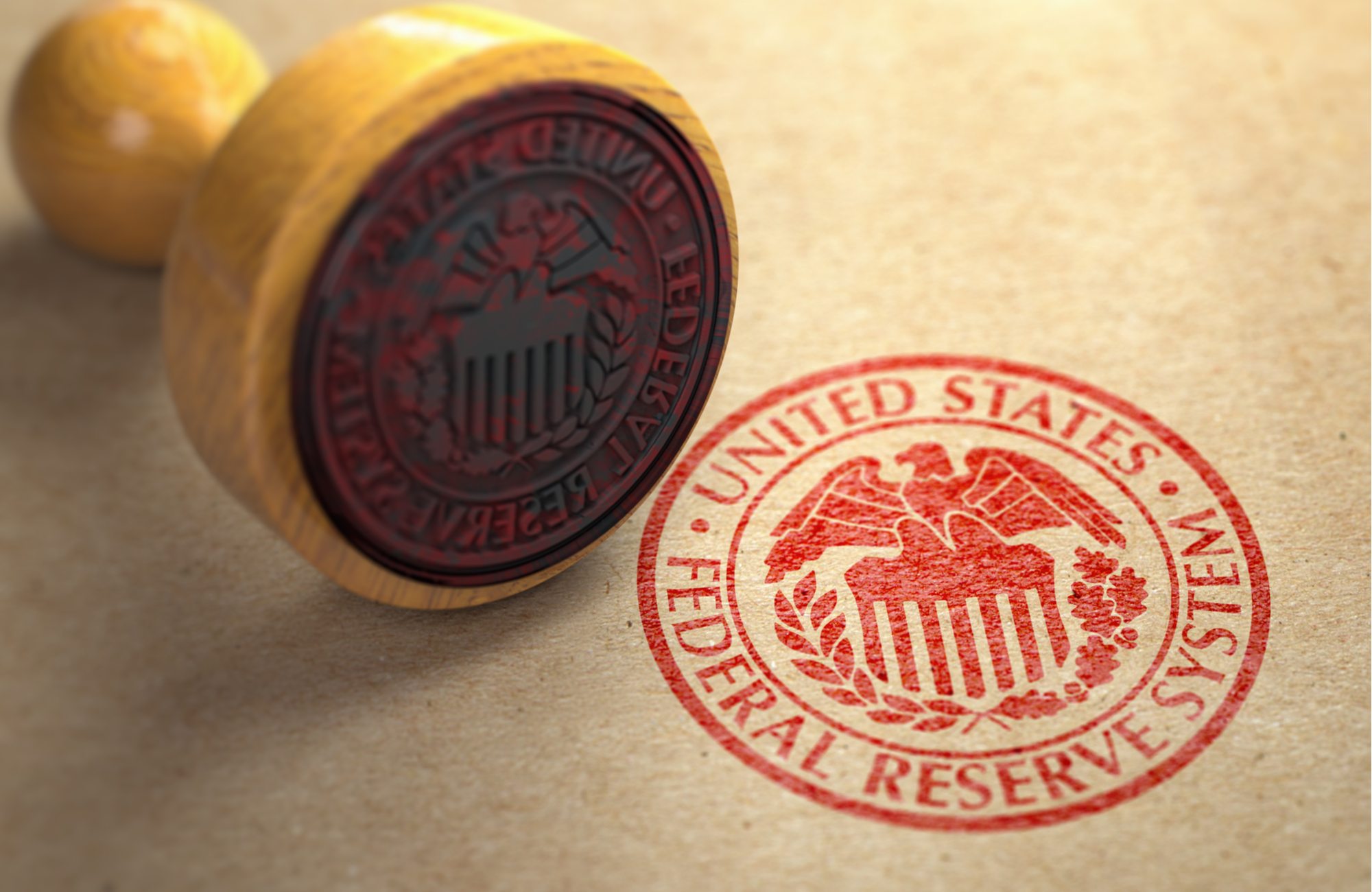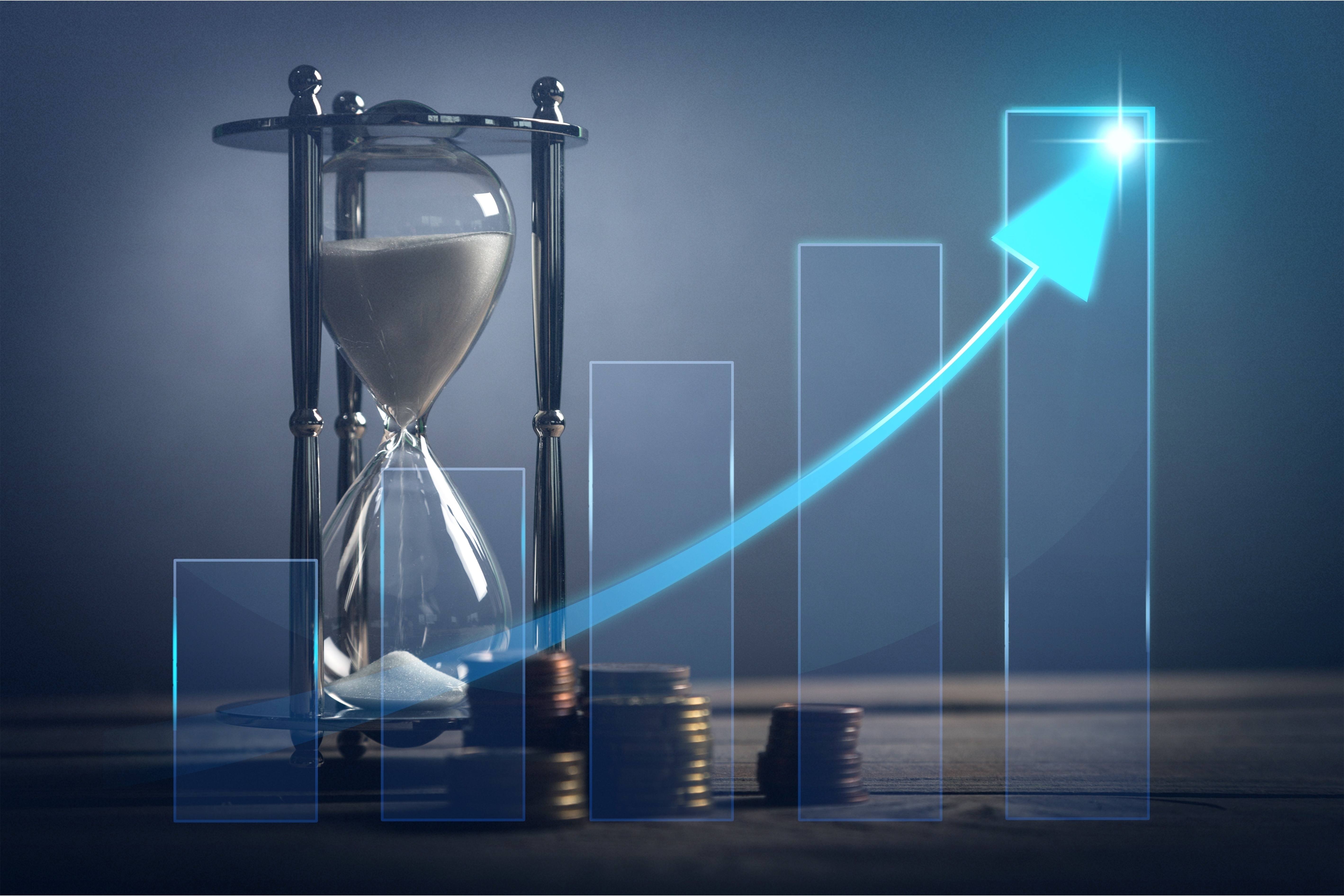Alexander W. Salter
Do the Origins of Money Matter?
A whirlwind tour through alternative theories would seem to suggest one fits much more comfortably with a pro-liberty worldview than another.
Money in Illiberalism
A liberal society is governed by the principles of private property and freedom of contract, under the aegis of a nondiscriminatory rule of law. In such a society, money enables […]
Money in Liberalism
One feature of a liberal society is that its institutions, and especially its formal institutions with coercive backing, are bound by a nondiscriminatory rule of law, and work to protect […]
The Institutional Character of Money
On the one hand, money is the language of commerce; money prices are the very medium of economic experience. On the other hand, there seems to be a deeper reality […]
Is Money Really a Veil?
My previous post was a crash course on the role of prices in a market economy. Importantly, prices are money prices. The vast majority of the time, producers accept the […]
Let’s get back to basics. What is a price?
A price is an exchange ratio: you must give up a certain amount of one good in order to get another good. Barter economies have prices, which are expressed as […]
Nominal is Real; Real is Artificial
A basic tenet of macroeconomics and monetary economics is the difference between nominal variables and real variables. Nominal variables are expressed in current market prices. Real variables are adjusted to […]
What the Fed Can’t Do
The American economy is still in the doldrums. It is growing and creating jobs at a snail’s pace compared to the years before the financial crisis. There are several reasons […]
The price of time and the price of money
When discussing the market for money balances, many reputable macroeconomics and money and banking textbooks say that the price of money is the interest rate. This ‘liquidity preference’ theory is […]
Don’t blame central bankers for persistently low interest rates
Many who are supportive of free markets blame central banks for the low interest rates that have prevailed since the end of the 2007-8 financial crisis. This is a mistake. […]




